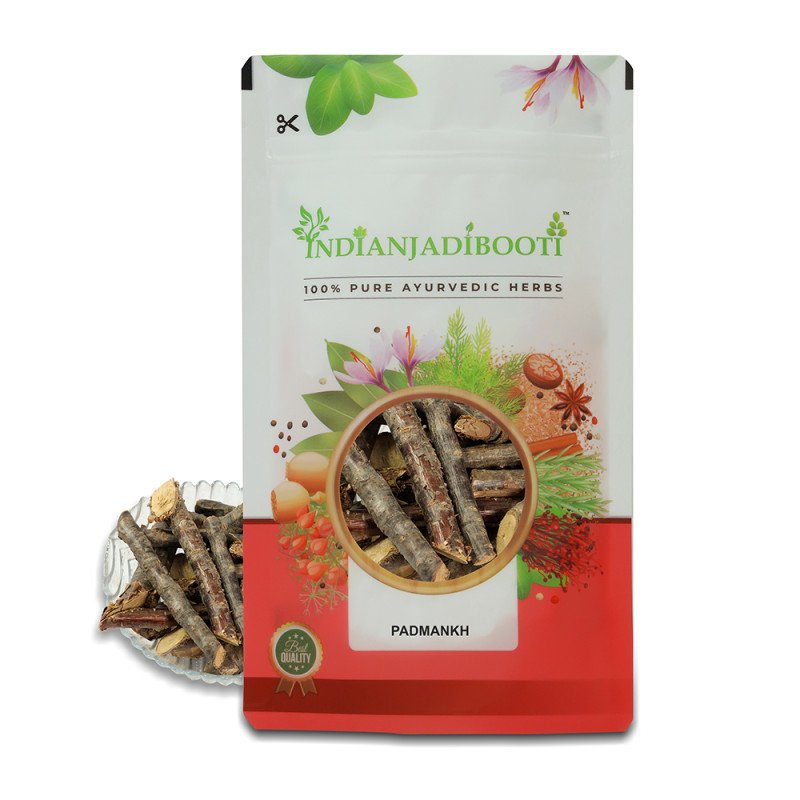
What is Padmankh( Wild Himalayan Cherry):
Padmankh Wild Himalayan Cherry is a deciduous tree found in the forests of the Himalayas, from Himachal Pradesh in India to SW China and Burma. It grows at altitudes of 1200-2400 m above sea level. It is a medium sized tree which grows up to 30 metres in height. The bark is smooth, and peels off in thin horizontal strips. The leaves are elliptic, long pointed, with toothed margin.
They are short-stalked, 5-8 cm long. It flowers in autumn and winter, with the flowers generally appearing on bare branches, or with young leaves. Flowers are pink, long-stalked, often paired or in few-flowered clusters at the end of branches. They have 5 pink, obovate petals, spreading outwards. Fruit is yellow, maturing to red, ovoid (egg-shaped), 1.3-1.6 cm long (about 0.5 inch). Flowering: October-November
Green dye can be obtained from the leaves (they contain tannin). Dark grey to green dye can be obtained from the fruit (they contain tannin). Seeds are used as beads in necklaces and rosaries.
Juice of the bark is applied externally to treat backaches. Bark paste is applied over the forehead for hemicranias and is also used as plaster for fractured bone, painful outgrowth below lounge, burn, indigestion, fever, foot and mouth diseases and dislocations. Paste of bark also used in wound healing.
The amulet of bark tied in arm or waste of child for their wellbeing. Bark is used in the preparation of hair oil for massage. Paste of the bark is beneficial in neuralgia and is given to check over sweating in the body. Stems and branches are used for the treatment of gravel, kidney stones, asthma, thirst, leucoderma, leprosy and vomiting. Stem is reported to be useful in vomiting, thirst, asthma, leprosy and leucoderma
3 Comment(s)
Rich, Tony, and Sarah are all very tough acts to follow, as they have very intentional and curated tastes. I realized in putting this together that my choices are all over the map, and that sitting down and building a collection all at once forced me to think in a balanced way about blowing through all that cash. It shifted my perspective.
Hodinkee helped open up the Exhibit last week when Ben Clymer and Lenny Kravitz had a conversation about their shared love for all kinds of collectible things: cars, cameras, and of course, the Reverso. Ben was wearing his Tribute to 1931 U.S. Edition, while Kravitz was showing off the new rose gold Reverso Tribute Chronograph.
So, which new Hublot creation do you prefer? Do you like the downsized Big Bang Meca-10 in steel, Frosted Carbon, or King <a href="https://git.arachno.de/kabduli" >link</a> Gold, or do you prefer the verdant Big Bang Tourbillon Automatic Green SAXEM? As always, drop your thoughts in the comments below.
Leave a Comment